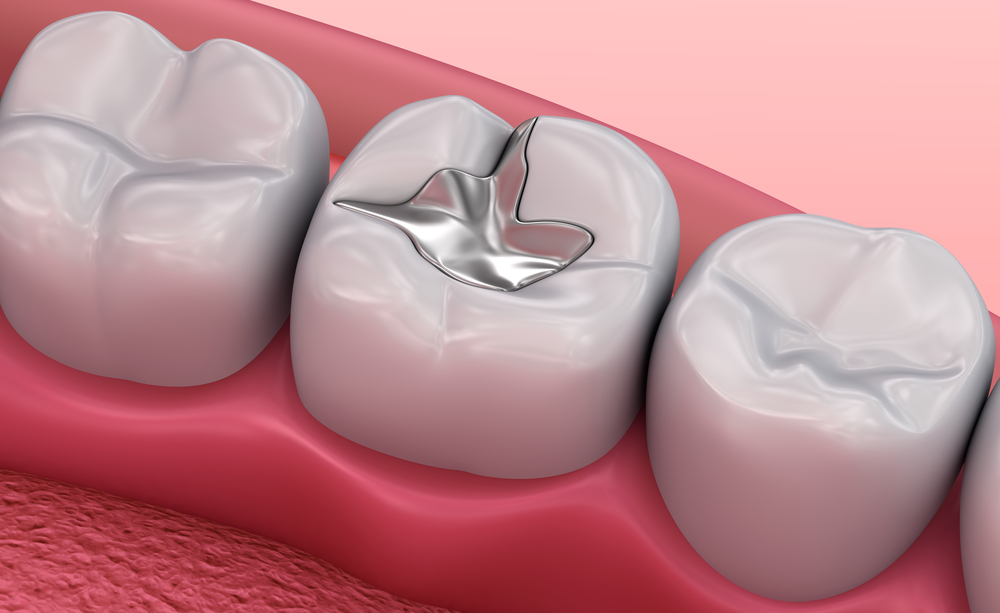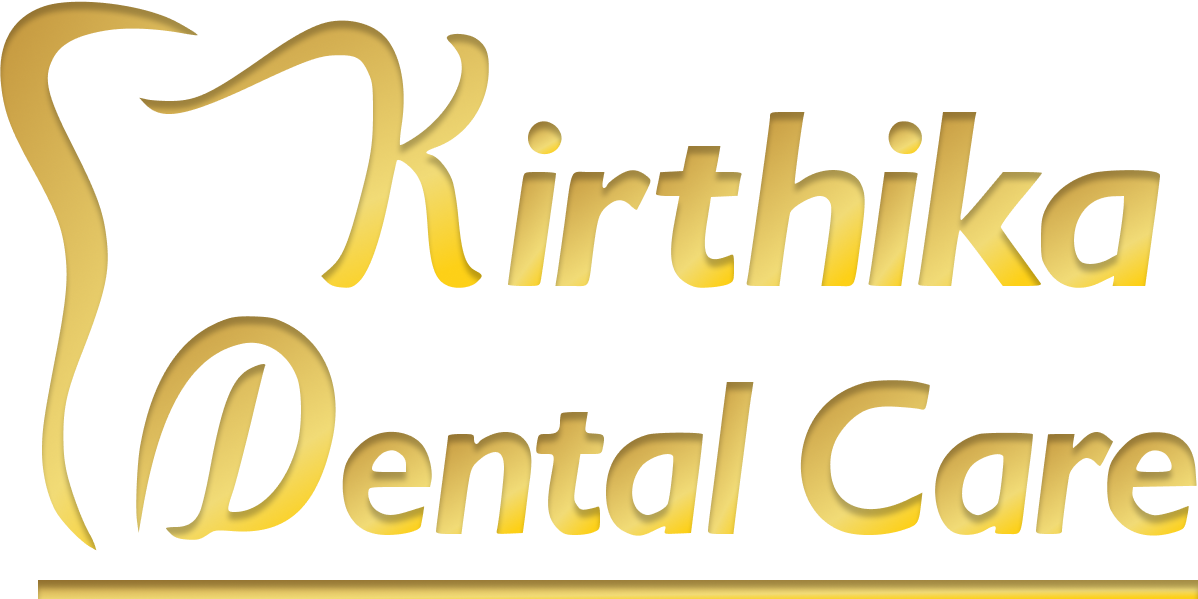
Introduction
Restorative dentistry is a branch of dentistry that focuses on restoring the function, appearance, and integrity of teeth and oral structures affected by various dental conditions or injuries. It involves the diagnosis, prevention, and treatment of oral diseases and disorders, with the goal of improving oral health and enhancing the patient's quality of life.
Who are the candidates of Restorative dentistry treatment?
What does the Restorative dentistry do?
Restorative dentistry focused on restoring the function and appearance of damaged or missing teeth. It involves various treatments and procedures to repair teeth affected by decay, trauma, wear, or other dental issues. Restorative dentistry aims to improve oral health, restore natural tooth structure, and enhance the overall aesthetics of the smile. Common restorative procedures include dental fillings, veneers, crowns.
What steps are followed in Restorative dentistry treatment?
In restorative dentistry treatment, the following steps are typically followed:
-
Examination and Diagnosis:
1 The dentist examines the patient's teeth and oral health to assess the extent of damage or decay. X-rays and other diagnostic tools may be used to aid in the assessment. -
Treatment Planning:
2 Based on the examination, the dentist develops a treatment plan that outlines the specific restorative procedures required to address the dental issues. -
Tooth Preparation:
3 If necessary, the damaged or decayed part of the tooth is removed, creating a clean surface for the restoration. -
Restoration Placement:
4 The chosen restorative material (e.g., dental fillings, crowns, bridges) is applied to the prepared tooth structure to restore its function and appearance. -
Bite Adjustment:
5 The dentist ensures that the restoration fits correctly with the patient's bite and makes any necessary adjustments for comfort and functionality. -
Final Polishing:
6 The restoration is polished to achieve a smooth and natural appearance, blending in with the surrounding teeth. -
Follow-Up:
7 After the restorative treatment, the dentist may schedule follow-up appointments to monitor the success of the restoration and address any concerns or issues that may arise.
What are the advantages of Restorative dentistry?
-
Improved oral function:
Restorative dentistry procedures such as dental fillings, crowns, and bridges help restore damaged or missing teeth, improving chewing and speaking abilities. -
Preservation of natural teeth:
Restorative procedures aim to preserve as much of the natural tooth structure as possible, preventing the need for tooth extraction. -
Pain relief:
Restoring decayed or damaged teeth can alleviate tooth pain and sensitivity, improving overall oral comfort. -
Long-term durability:
Modern restorative materials, such as ceramic and composite resins, are durable and can last for many years with proper care. -
Preventing further dental problems:
Restorative dentistry addresses dental issues promptly, preventing them from escalating into more complex and expensive problems later on. -
Restoring bite alignment:
Restorative treatments can help correct bite issues and improve the alignment of teeth, contributing to better overall oral health. -
Customized solutions:
Restorative dentistry offers personalized treatments tailored to each patient's specific needs, ensuring optimal results.
Copyright © Kirthika Dental Care Is Proudly Owned by Macincode
